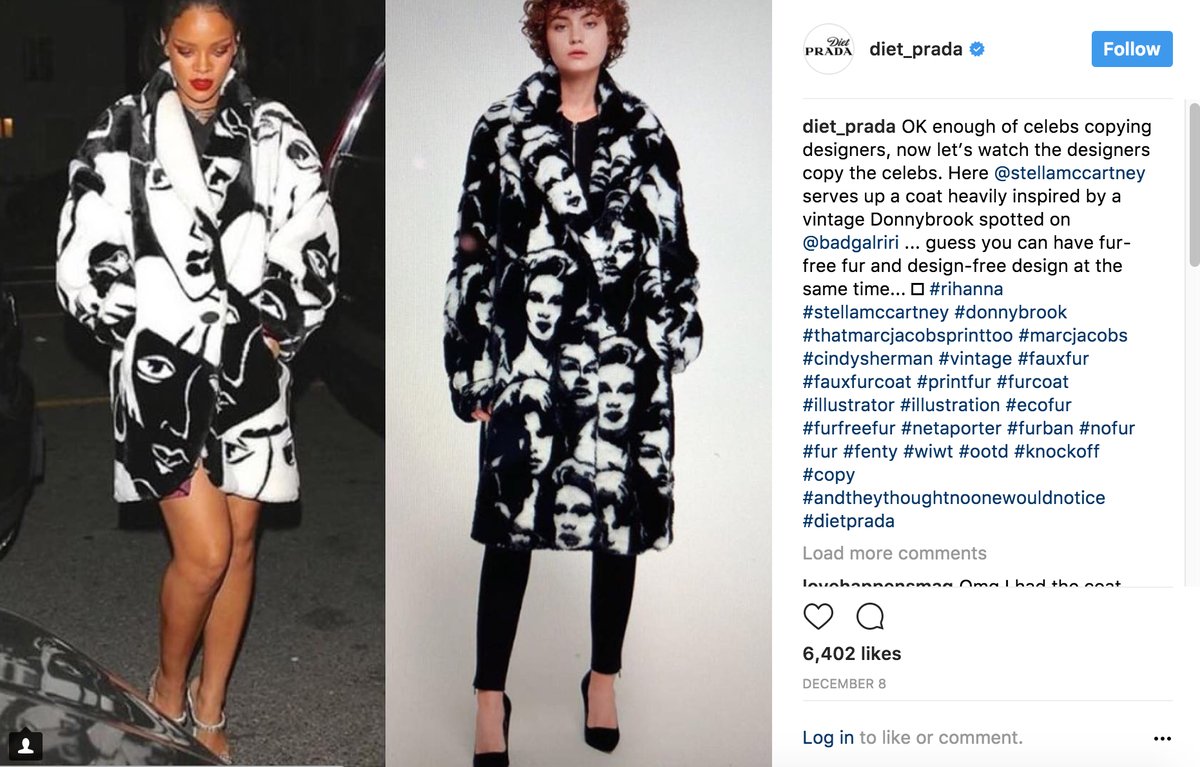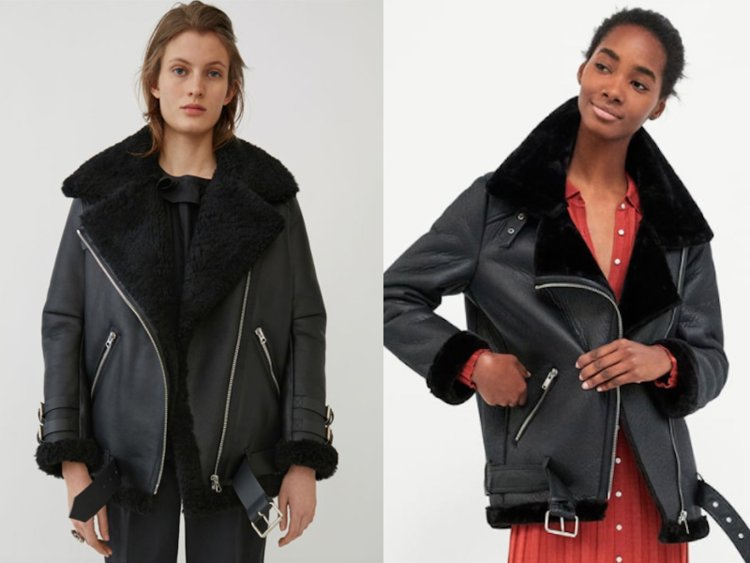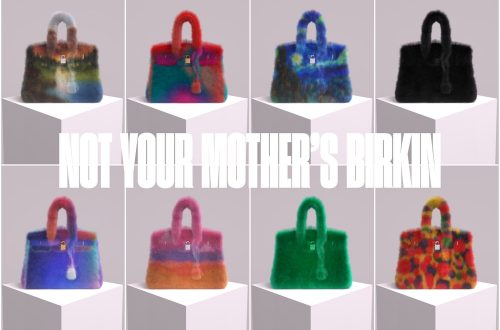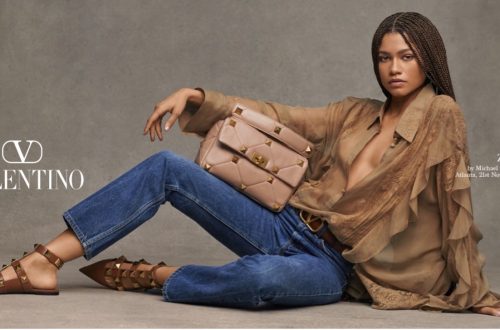Copying in the fashion industry is no new concept. Charles Frederic Worth, considered the pioneer of haute-couture, started stitching his name onto his original creations as early as in 1850 to protect himself from sly copycats.
However, with the extensive multiplication of clothing brands and the strong development of fast-fashion, this phenomenon has grown hugely over the past decades.
 Despite the increasing magnitude of the copying problem, regulations to protect designers are still scarce and complex, especially in the United States. No clear patents or copyrights exist like in the pharmaceutical industry for example. The reasons for this leniency are multifold:
Despite the increasing magnitude of the copying problem, regulations to protect designers are still scarce and complex, especially in the United States. No clear patents or copyrights exist like in the pharmaceutical industry for example. The reasons for this leniency are multifold:
Firstly, clothes are considered a more a commodity rather than art hence exempting it from the same copyrights as paintings, film or music.
Furthermore, fast-fashion is a major driver for national economies today. In the US, it contributes to a whopping 350$ of the GDP. Policy-makers fear that design limitations may reduce this number.
Finally, the line between imitation and simple inspiration is tough to draw, creating an obstacle for the definition of specific regulations. Fashion is, in a way, a constant repetition of its past and a reflection of the world we live in. Designers constantly source inspiration from archives and their surroundings for their upcoming collections and at what point does simple influence become replica?
Fast fashion brands’ popularity is growing exponentially quickly: their cheap, almost identical-to-the-real-thing designs are incredibly appealing to customers, and understandably so; why buy a 1,600 $ Max Mara coat when you dig out the same from Zara for a tenth of the price? The lack of quality and savoir-faire aren’t necessarily primary concerns for consumers today. Furthermore, while some high-end brands today such as Hermès manufacture their products with the highest quality materials and uber-skilled labor, other of these luxury brands actually use rather cheap production methods with ill-paid labor and mediocre quality materials. “Made in Italy” isn’t always synonymous with “high-quality” anymore. Knowing this, the consumer is even more inclined to buy a cheaper version of the product- incentives to invest in the real deal are scarcer and scarcer.
 Acne Shearling jacket (2,700 $) vs Zara coat (149$ (Source: businessinsider.com)
Acne Shearling jacket (2,700 $) vs Zara coat (149$ (Source: businessinsider.com)
However, these consumers are ignoring the harm this phenomenon is causing to designers. The precise cost of copies is hard to quantify especially since a dollar spent on an imitation is not necessarily a dollar that would’ve been spent on the real thing but it is obvious some clients shift their consumptions from high-end to cheaper alternatives, resulting in a loss for luxury brands. The harm is even more impactful when emerging designers are the victims of the fraud: they don’t have the profits to cover the loss of customers and the customers most probably don’t even know they’re purchasing a copy. They also don’t have the same power or resources as big fashion houses to fight back since taking these matters to court is extremely costly and time consuming. For example, in 2015, Chanel showcased small designer Mati Ventrillon’s pattern designs on their runway claiming them as their own original creations.
Thankfully, today these injustices are being denounced through social media, there is even an account that millennial fashion aficionados are probably familiar with, @dietprada dedicated to calling out imitators. After all, these imitations are a form a theft.

Despite the evident injustice and damage of copying some tend to defend it, their argument being that imitation ultimately leads to innovation. This idea is what we call the “Piracy Paradox”. Since designers constantly run this risk of being copied, they’re pushed to imagine new pieces to stay relevant. The fashion market is ergo healthily competitive since large designers cannot force anyone out of the market by placing their creations under patents. Anyone can enter, at their own risk.
Whether considered detrimental or fruitful, imitations are unquestionable proof that a designer is doing something well: it is always the most desirable creations that are the ones being copied.
by Alice Gandon






